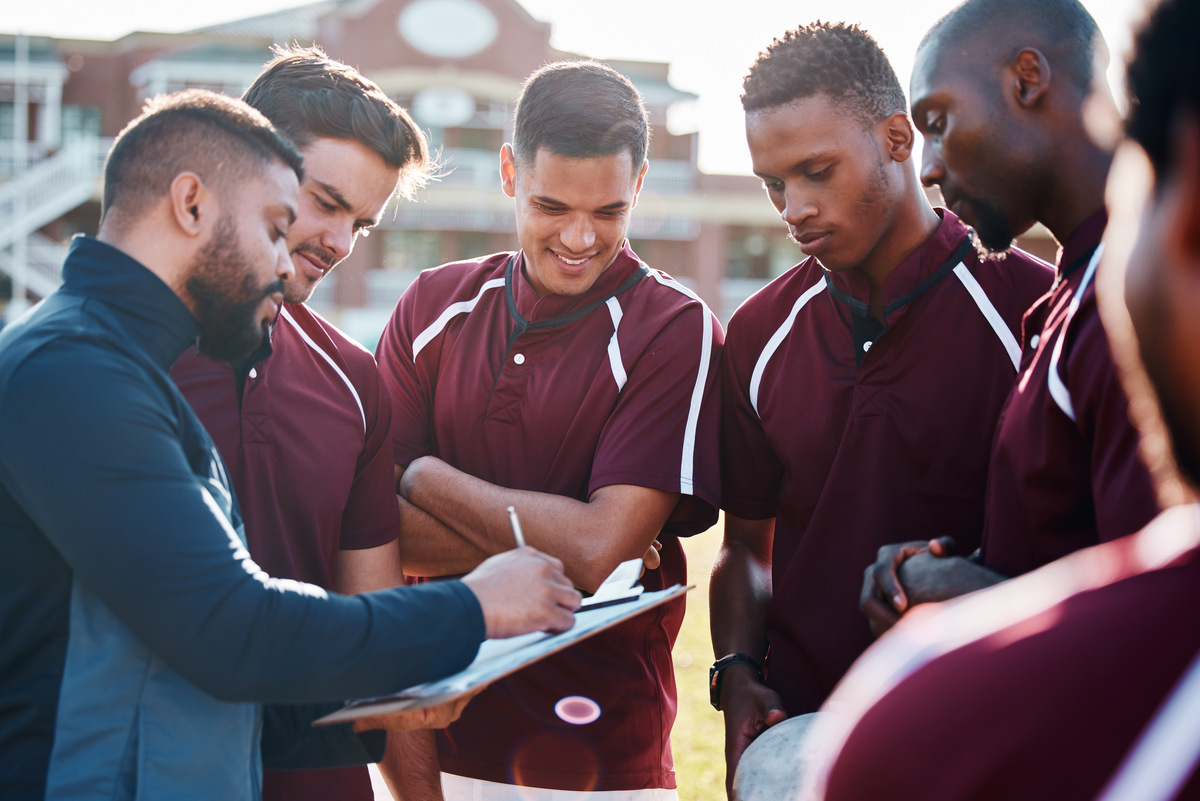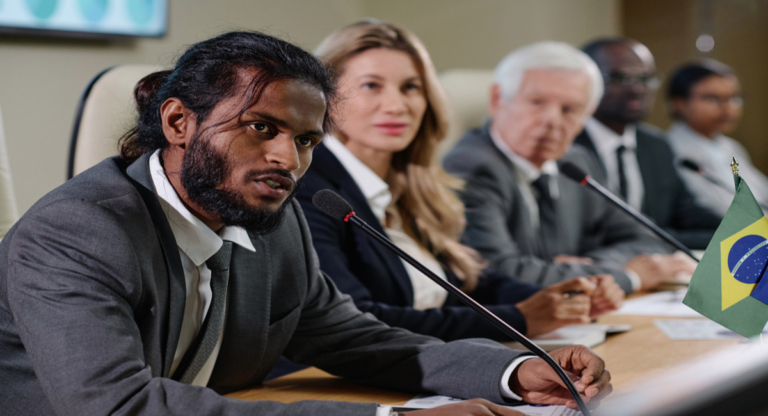Since July 2021, NCAA rule changes have given U.S.-born student-athletes the ability to earn money from their Name, Image, and Likeness (NIL). Many have built valuations in the millions through endorsement deals, social media content, appearances, and merchandise drops.
But for international student-athletes, the landscape looks very different.
Why the Gap Exists: Visa Rules, Not NCAA Rules
The NCAA does not restrict NIL opportunities for international athletes. U.S. immigration law does.
Roughly one in eight Division I athletes — nearly 24,000 — are international students. The vast majority attend school on F-1 student visas, and those visas authorize only four narrow categories of paid work:
- On-campus jobs
- Off-campus work due to economic hardship
- Curricular Practical Training (CPT)
- Optional Practical Training (OPT) – usually post-graduation
All of these categories are capped at 20 hours per week during the school year, and none were designed with NIL in mind. Immigration officials interpret NIL content, endorsements, and promotional activities as work performed in the United States — which is prohibited under the F-1 classification.
So while U.S. teammates cash in, international athletes cannot legally earn NIL income while physically in the U.S.
The Narrow — But Real — Loophole: NIL in the Home Country
There is one pathway available:
International athletes may engage in NIL activities only when outside the United States.
If an athlete travels home during breaks, they can:
- Sign NIL deals in their home country
- Film commercials or content there
- Get paid abroad in non-U.S. accounts
Because the work is performed outside the United States, immigration rules treat it as non-U.S. income.
But… it’s not simple.
Executing these deals requires:
- Precise documentation
- Careful timing around academic calendars
- Proof the work was completed abroad
- Legal guidance from immigration counsel
Even then, experts caution that the area is “murky,” because the Department of Homeland Security has yet to issue a clear, formal policy. In extreme cases, missteps could jeopardize visas — even risking deportation.
Creative Workarounds Some Athletes Are Using
Despite the constraints, some international athletes — with help from schools, agents, and lawyers — have found compliant ways to earn NIL money:
- Hosting youth camps in their home countries
- Filming brand partnerships abroad during breaks
- Signing endorsement deals payable to home-country entities
But these options benefit only a small number of athletes who have the resources and travel flexibility to pull it off. It’s nowhere near comparable to the U.S.-based athletes who monetize year-round.
Efforts to Change the Law — Still in Limbo
Multiple bipartisan proposals have been floated in Congress that would allow F-1 student-athletes to engage in NIL activities just like their U.S.-born teammates.
So far, none have passed.
Universities, athletic departments, and immigration experts widely acknowledge that international athletes are at a major disadvantage, but meaningful reform has stalled.
The Silver Lining: Once They Turn Pro, the Restrictions Disappear
For elite athletes who move on to professional leagues, the visa picture improves dramatically.
International athletes entering leagues like the NBA or WNBA receive P-1 visas, which do allow commercial activity in the United States. That includes:
- Endorsements
- NIL-style partnerships
- Merchandising
- Paid appearances
Once they reach that stage, earning power becomes fully unlocked.






Leave a Comment